As a kid Kate Hackett acted in her first play at five. Like just about everything else, acting is an art that has gone through huge changes during her life, and even more in the last hundred years or so. Still, there is something timeless about the art of acting. Take the Greek’s for example. They were doing amazing work thousands of years ago, and we still embody those roles to this day.
While the Greek’s must’ve done something to inspire the host of Alpha’s, Delta’s, Omega’s and what-not-as that line the streets near the college campuses, they did a lot more on the acting front. Acting today though, has become something of a different animal. Where five year old Kate performed in front of an audience right there in the room with her, she now finds herself performing for the camera, and on social media, online. It’s a new type of experience that blurs the lines between storytelling and promoting, between characters and oneself – and it’s only going to get bigger.
‘Classic Alice’ finds creator and star Kate Hackett portraying the character of ‘Alice Rackham’ a college sophomore at a fictional Ivy League school. Junior film student Andrew Prichard, played by Tony Noto, suggests something of a social experiment to Alice for his thesis film. His documentary that serves as the framing device for ‘Classic Alice’ follows Alice as she lives her life making major decisions according to the plot lines of classic novels – something most of us do subconsciously every day…
I had a chance to catch up with some of the talent behind ‘Classic Alice,’ to snap a few pictures and discuss storytelling in the communication age.
Kate does not come off as what I think of as a typical actor: starving for attention and naturally taking up the limelight. It was this trait, I’d wager, that led to the creation of the show we see today. Unsurprisingly, she tells me, “I was asked to write a book recommendation YouTube vehicle for myself to host, but I much prefer narrative and hiding behind characters, so I pitched Classic Alice as a mockumentary sort of show.”
The character of Alice lives very much in the real world. She documents her progress on YouTube, and keeps us updated through twitter. Pictures get posted to instagram, and her friends all chime in. Fans can follow along through the show’s website, where social media postings are noted, and Storify is used to tie everything together in a single well managed place.
According to the show’s Producer, Christina Dirkes, “You check out Andrew’s twitter and you don’t know this is a show, you think he’s any other film student in the world. Same with Alice – and that’s the allure, for current fans.”
This doesn’t really sound all that much like theater, or film, or even television as we commonly think of it but this method of storytelling is only going to become increasingly more prevalent.
Technology might be changing but the key aspects of storytelling remain the same. I thought it might make sense to research some people’s opinions on what constitutes ‘timeless’ storytelling, and I found some interesting opinions from some people online who probably have never written anything – alas some were scientists so I trusted them.
According to some article on live science, at their core good stories actively mimic our own understand of social structure and some would argue we find greater enjoyment in stories that reinforce positive social interactions.
This passes the sniff test.
We are highly social creatures, so it is probably not all that hard to believe that the major aspects of successful storytelling are tied into how we interact socially, and our emotional responses to social situations portrayed in stories.
Our strong, ingrained ability to empathize through personal experience allows us to put ourselves in the shoes of a protagonist who, if done right, is every bit as human as ourselves. Centuries of human progress socially or technologically cannot change that same, identical core that is the human experience.
If that’s a little too deep, Kate explains why the show works much more simply: “There are only so many stories in the world. But they all come from somewhere; finding thematic elements of stories you love in stories that have been deemed ‘classics’ is really rewarding!”
So, if good storytelling is directly tied into the way we communicate socially, then perhaps it’s not as dumb and pointless as my father described it last year when I tried explaining to him that “transmedia” was in fact a suitable dinner time topic.
It’s not so difficult to see how our modern social networks fit right in to storytelling. As a culture we have absorbed social networks and constant mass communication into our very social structure. Our graph-able, visible, easily digestible social construct that is Facebook is no less a realistic depiction of our social lives as our own view of our social lives.
In essence social networks operate on the same foundation that drives classic storytelling. For those born in the digital age they know of no social context that doesn’t involve social networks, push notifications and text messages.
If successful stories are the ones that accurately mimic social experiences then logic dictates that for characters in modern day settings to feel completely realistic, they might need to have a social presence. This is part of the emersion.
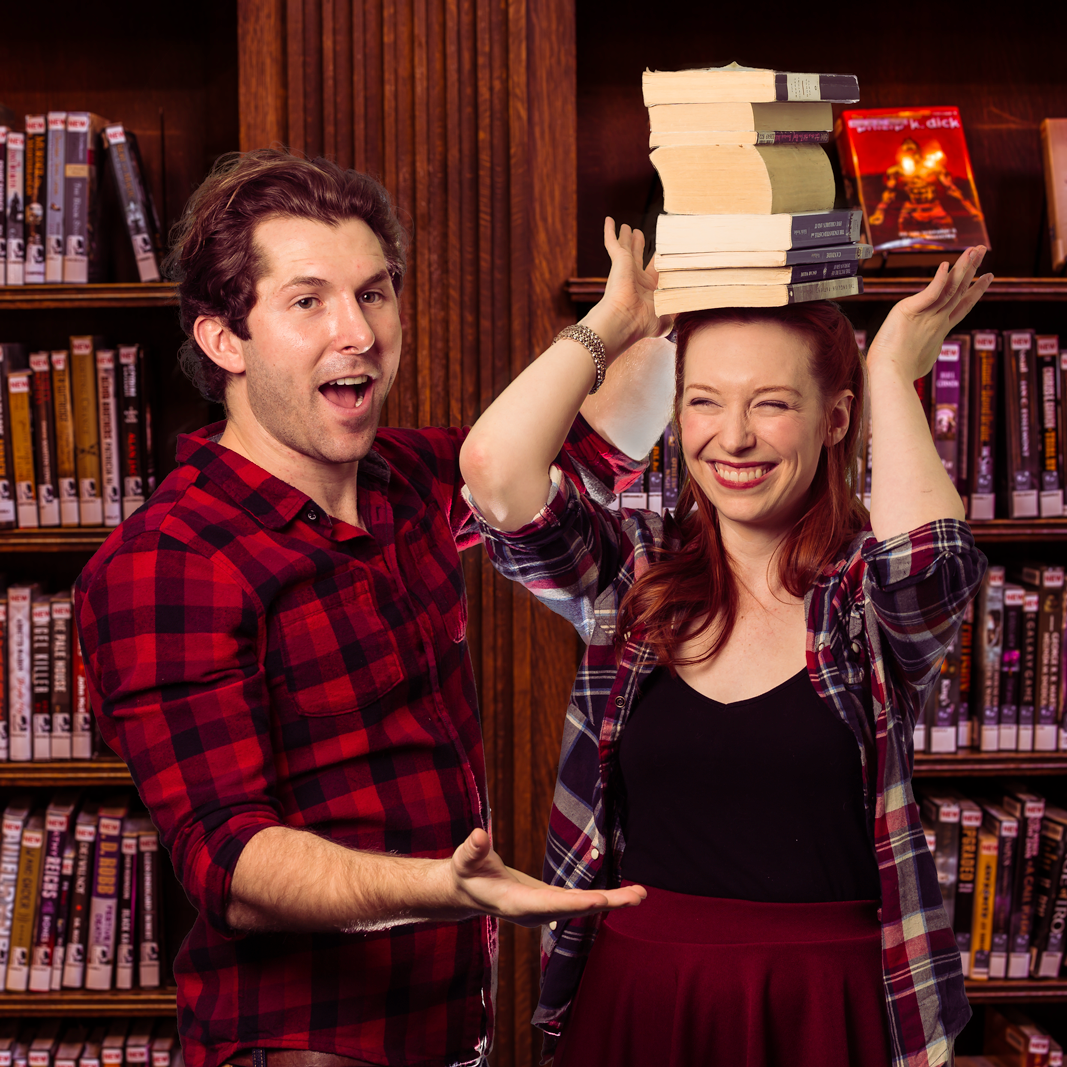 As social media has blown up and become an extension of our social lives it has also increased its value as a mass communication tool. Like television and radio before it, but on steroids, the places online where people congregate are becoming their own platforms. Facebook has as many eyeballs as network television, and we are all there for the same reason, to be entertained, and we are all entertained through the same basic principles.
As social media has blown up and become an extension of our social lives it has also increased its value as a mass communication tool. Like television and radio before it, but on steroids, the places online where people congregate are becoming their own platforms. Facebook has as many eyeballs as network television, and we are all there for the same reason, to be entertained, and we are all entertained through the same basic principles.
With so many eyeballs it just makes sense to be an active participant. Your tweets are like billboards near the freeway. With regards to trans-media-fying a story it’s all very ‘two birds with one stone’ when you combine it with social media marketing.
Dirkes – who interestingly enough discovered ‘Team Alice’ through their social media interactions – sees the two as separate entities. “You engage and retain the audience you have with great social storytelling, but unless the social storytelling dips outside of our immediate story sphere, it remains storytelling.” “[Social media] marketing draws in more fans. Once they’re in, however, you can keep them there and draw them deeper through complex social media storytelling.” Either way though, you’re leveraging your social media talents.
Given all of the above it’s no wonder that ‘Classic Alice’ is targeted towards those digital natives born on social media. In fact, it’s the reason for its existence in the first place. According to Kate, “The very basic idea was a web series / web show on a platform where teens and young adults congregate that would encourage them to read quality, thought-provoking literature.”
It’s the current emphasis on classic literature that I find quite fascinating. It all started with ‘the public domain,’ the place where novels and plays so old they’ve lost their copyright go to be exploited by ‘producers’ and ‘agents’ on the internet – in a legal sense.
One might think that reusing classic literature would make things easier, but Kate would disagree. “We aren’t really retelling a story so much as weaving a classic tale into our own original show, I don’t think it makes the writing ‘easier’. Honestly, it may make it all the more complicated because I’m actually writing TWO stories at once and they always have to match. One is the big arc with my original characters and the second is “updating” a classic to fit into their lives. AND it has to be (at least mostly) organic since they’re doing books without knowing what happens.”
Even if it doesn’t make the storytelling easier, it has to help with the fan base and Kate found it in her heart, for the sake of the article at least(!) not to disagree here.
“The heart of the show is definitely the act of encouraging thoughtful, thought-provoking engagement with literature. So I think we’re doing both; we have people who already love the classics jumping in and finding new classics that they like in addition to getting young adults to read books that aren’t “marketed at” them.”
It’s that feedback with the fans that defines the transmedia experience as something that was really impossible even ten years ago. “They definitely suggest books, but a lot of them are totally non-doable because they’re not public domain. I think they were really excited for Pride & Prejudice, but that was a total transmedia fake out. We announced P&P on Twitter as the book we were going to do, fans went nuts, and we narratively redirected the show to Macbeth — but we were always going to do Macbeth, it was just a spot of fun.”
As a creator it’s important to balance the fans’ wishes with what works best for your show. As a series producing ‘book to book,’ story arcs still need to be planned out over a length spanning multiple books.
“I have to see if the book fits the show and if the show fits the book, so sometimes I try something and it doesn’t quite work out. I always look for the “how can I update this for today” angle, that’s important, and once I find that it’s GENERALLY smooth sailing. It doesn’t always pan out. Count of Monte Cristo, for example, would’ve been awesome, but getting Alice into that revenge place (+ jail??) was too difficult for us last season.”
In addition to letting fans help plot out the future of one Alice Rackham the production does other social fan outreach focused on literature. They have a ‘goodreads’ account updated by ‘Alice’ as she reads. As an avid reader Kate also encourages book lovers to recommend books to her personally. They’ve also been able to team up with authors and fans for book give aways, promotions and the popular social act of ‘making friends.’
I’m sure there are still some skeptics in the crowd, but this isn’t just a small budget movement. The Dark Knight had a huge social media push, doing cool stuff like linking decoded phone numbers to bakery’s with ‘Joker cakes’ in them. Jurassic Park 4 has a camera that lets online viewers take a peak inside the park. Network television shows have characters on twitter, the list goes on.
As Kate points out, “It’s tendril-ing into the mainstream because, frankly, there’s money in this. It’s another place to advertise and reach your audience.”
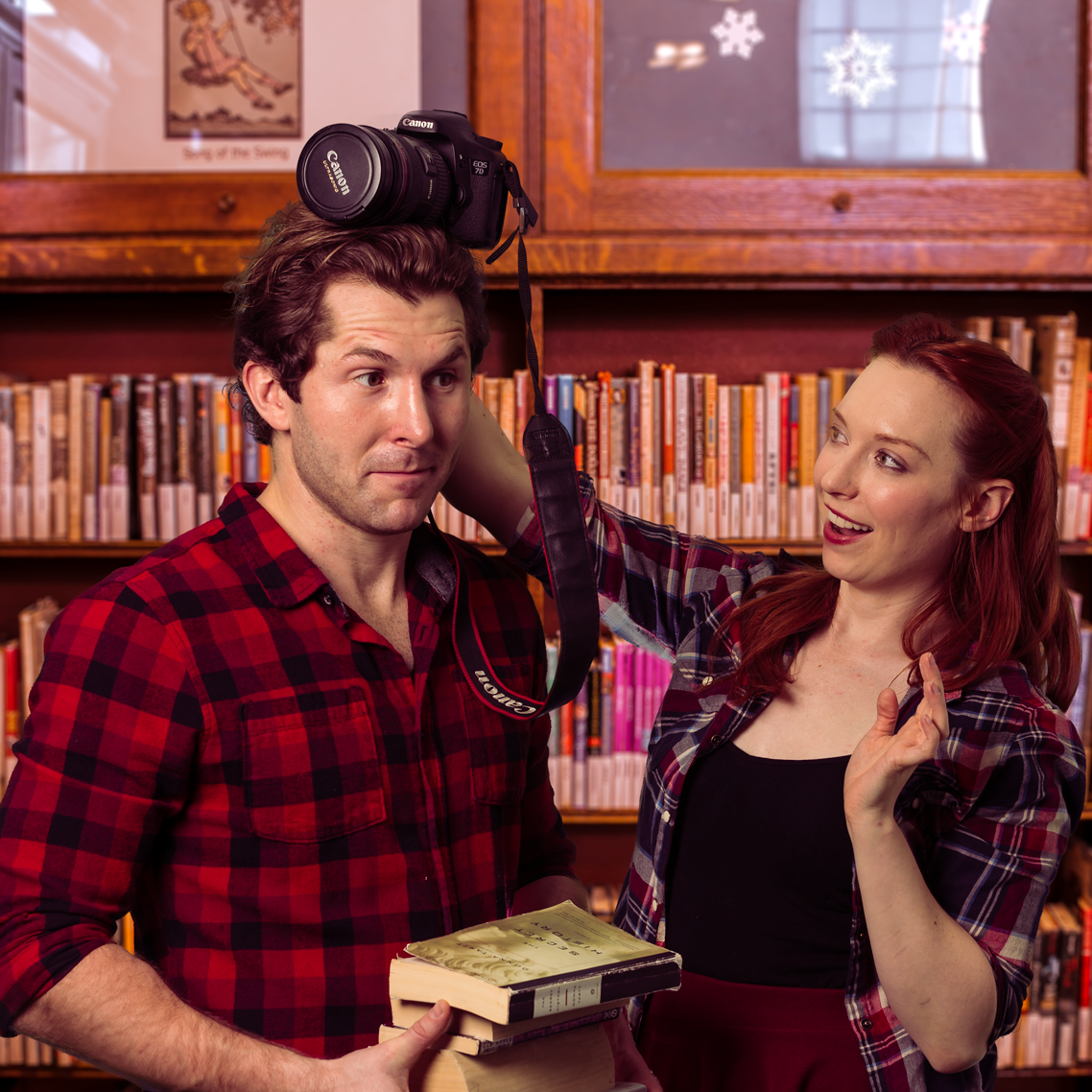 The truth is the value of connecting content with social media goes even further – especially when it comes to television. In television time shifting has run rampant. DVR’s let viewers fast forward through commercials, and piracy takes huge chunks out of home video sales and subscription fees. It’s no wonder live content like awards shows and sports have dramatically increased in value over recent years. Some have called Twitter the savior of live viewing. The ability to interact with fans watching the same thing in real time is a new benefit brought about by social media.
The truth is the value of connecting content with social media goes even further – especially when it comes to television. In television time shifting has run rampant. DVR’s let viewers fast forward through commercials, and piracy takes huge chunks out of home video sales and subscription fees. It’s no wonder live content like awards shows and sports have dramatically increased in value over recent years. Some have called Twitter the savior of live viewing. The ability to interact with fans watching the same thing in real time is a new benefit brought about by social media.
A web series, like ‘Classic Alice,’ can fall victim to the ‘always available, always free’ eco-system that is YouTube. Using these transmedia enhancements puts a time value on every aspect of the show which increases the value of the product to the viewer.
Chatting with Kate there was still some skepticism over whether or not this style of storytelling would really take over and become a mandated aspect of production. Based on her experiences creating Alice the future will be determined by one thing.
“As long as the audience is receptive and there, I’m up for whatever alternate media storytelling. I think it’s cool! That said, it does have to be “worth” it; if no one’s listening or watching or participating, it’s tough to have a lot of follow through.“
Are we on the verge of redefining what it means to be an actor, or an entertainer? I mean, isn’t Twitter pretty much mandatory for comedians these days?
As we continue to make deeper, more meaningful connections, while further integrating our lives into the world of social media, does the line between actor and character, or fan and participant start to blur?
“It’s fun because it lets me slip into these characters’ skins more than I would if I just wrote a script and called it a day, but it’s also a little wearing because you start to lose your line: where’s Alice, where’s me, where’s Andrew, etc. The characters tend not to blur, but since little pieces of me are in all of them, I wind up either giving/deferring things to them or losing my voice sometimes. You’ll notice that my twitter gets quiet during the show run; any fun links I find tend to feed to the show.”
With an immersive, socially integrated experience like ‘Classic Alice’ we can get a taste of just what storytelling will be like a decade or so from now. This is very much a testing ground for exciting new ideas that are redefining what we mean when we say ‘entertainment.’
As Christina Dirkes aptly put it, “It’s an exciting adventure because this is a new frontier, and we’re all supporting each other and sharing what we’ve learned because there are no rules here except what works.”
Perhaps audiences will end up bored with a lot this stuff, especially from productions not designed for it (kind of like post-conversion 3D) but I think it’s safe to say that socially connected, multi-platform stories are only going to get bigger. Being at the forefront of this potential sea change, you have to wonder just where it could lead for Kate and the rest of her team.
You can find Classic Alice at http://classic-alice.com, and be sure to help them out with their crowd funding campaign which is nearly finished! Every dollar counts!

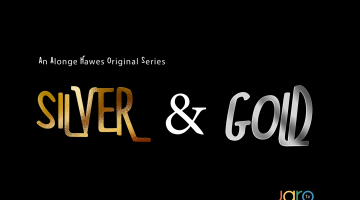

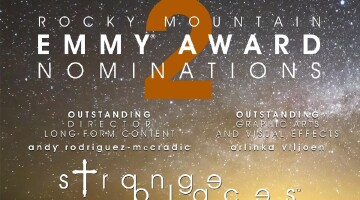

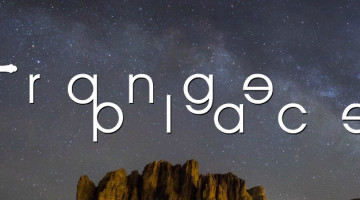

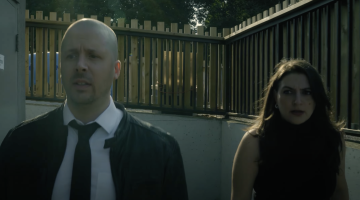
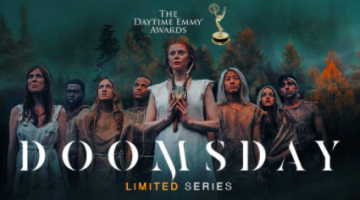
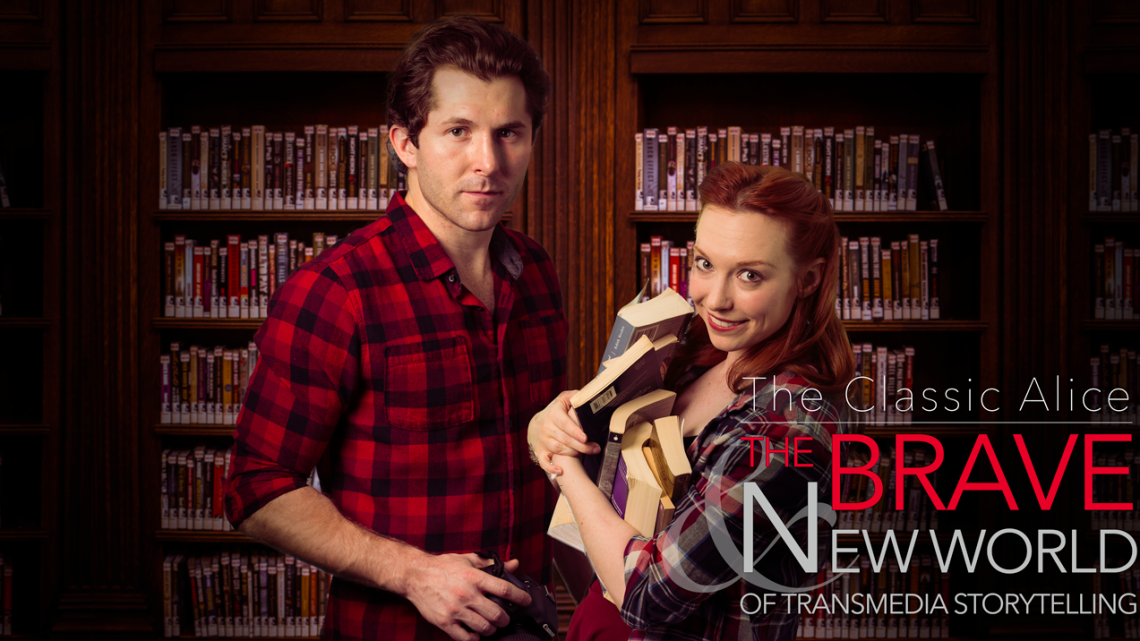


Website for the webseries is actually http://www.classic-alice.com; the link you currently have (www.classicalice.com) goes to nowhere.
Thanks, the article has been updated with the appropriate link.
https://slightlynormal.club/